A forest of long DNA strands hanging at known positions from a thin gold foil may provide a method to detect hypothetical particles of dark matter, thought to compose 26% of the universe.
Nanotechnology and the rest of the universe
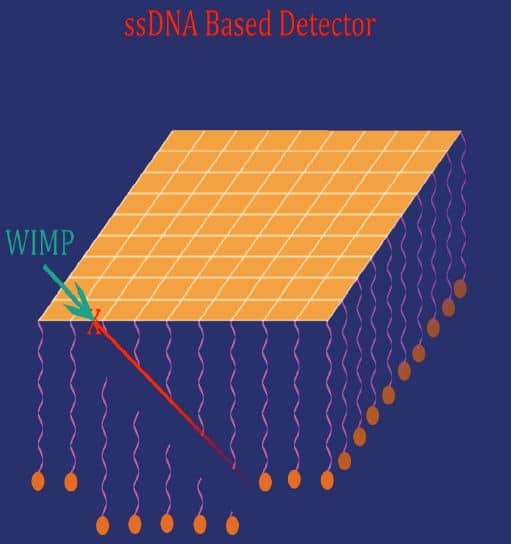

A forest of long DNA strands hanging at known positions from a thin gold foil may provide a method to detect hypothetical particles of dark matter, thought to compose 26% of the universe.
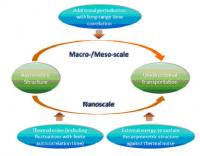
A theoretical study shows that although thermal noise cannot be used to produce useful motion by mesoscale or macroscale machines, it can be used by nanoscale machines without violating the second law of thermodynamics.

The demonstration that the process of DNA replication is more flexible than thought should make it easier to incorporate unusual amino acids into designed proteins, which might make it easier to design novel protein machines.
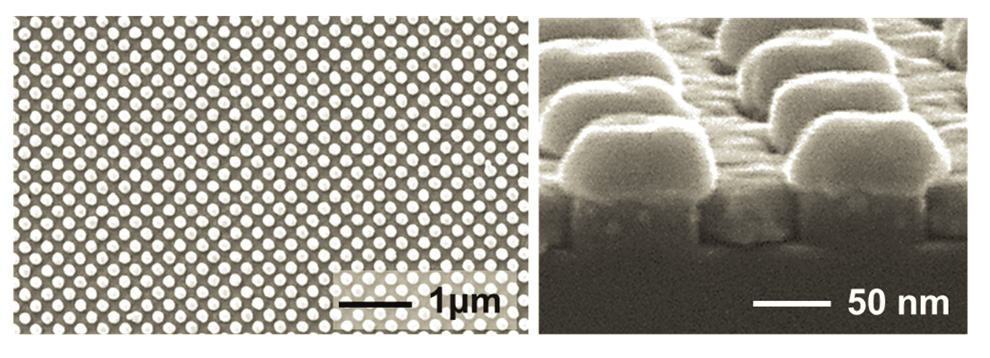
A new nanomaterial provides a three million-fold improvement in the sensitivity of common medical tests, potentially permitting earlier detection of cancer and Alzheimer’s disease.
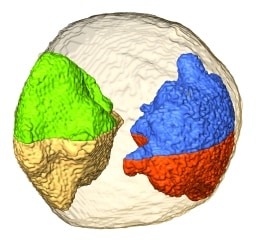
Current methods can image individual atoms in complex structures if the structures are crystalline, comprising many identical structures in a regular array. A new method resolves individual atoms in nanoparticles comprising several irregularly arranged crystalline grains.
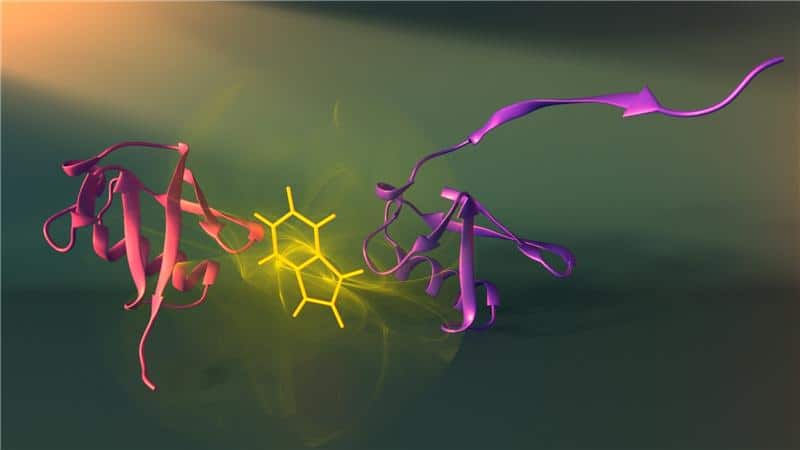
Tryptophan residues introduced at various positions in a protein chain identify folding intermediates that are too short-lived to be structurally characterized otherwise.
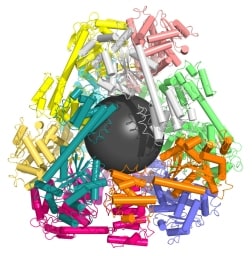
A variety of protein cage structures have been constructed by designing specific protein domains to self-assemble as atomically precise protein building blocks in defined geometries.
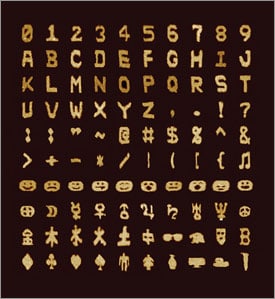
A set of 310 short single-stranded DNA tiles, plus a few additional short sequences for the edges, has been used to form more than a hundred large, complex DNA objects.
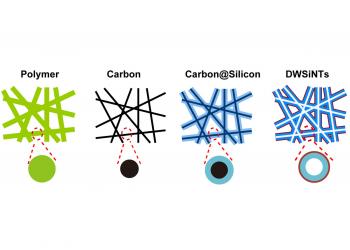
Templates made from polymer nanofibers enable the formation of long-lived silicon nanostructures that store ten times as much charge as do graphite battery terminals.
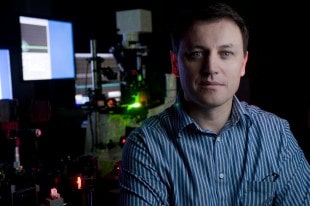
Nanoparticles targeted to cancer cells by antibodies cannot achieve enough specificity to kill drug-resistant cancer cells while sparing normal cells, but can achieve enough specificity to produce nanobubbles only in cancer cells, so the drug only enters cancer cells.